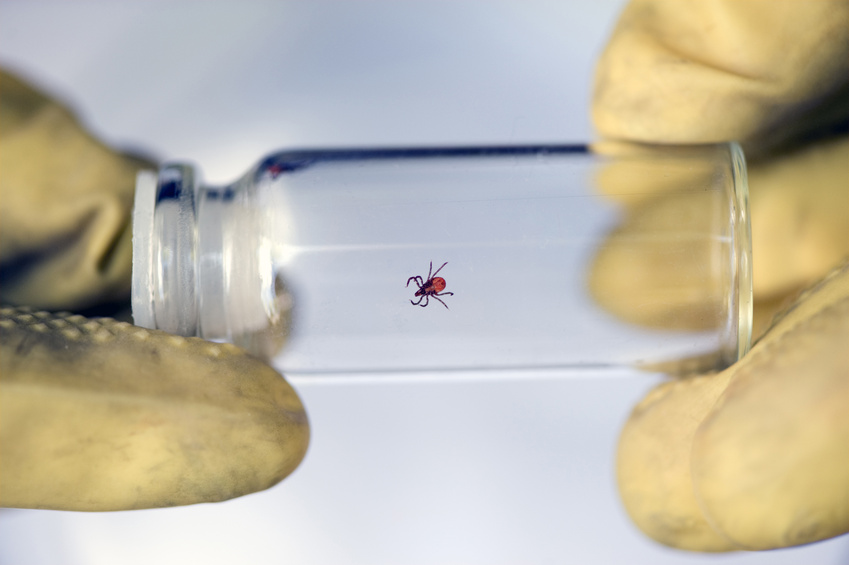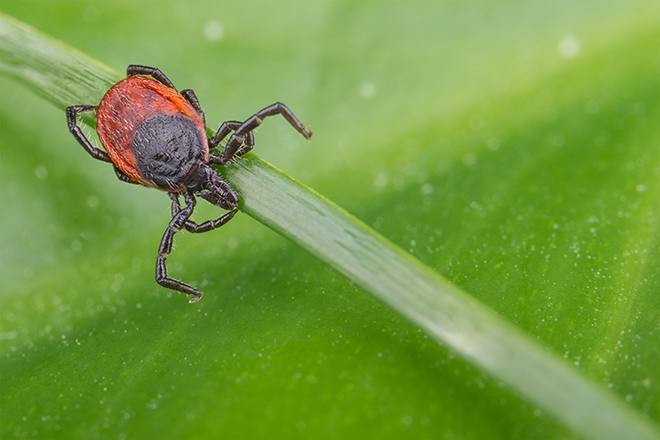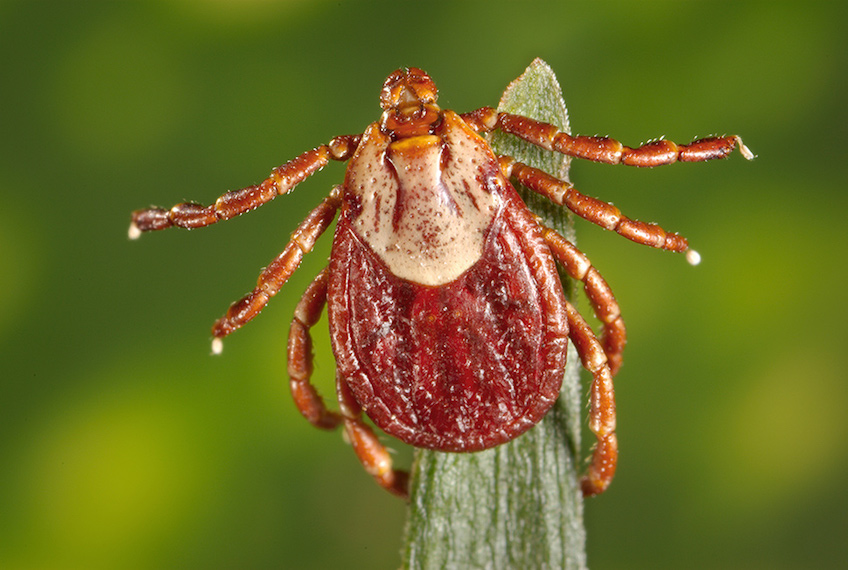Canadian Tick-borne Research 2010-Present
Please note that while summaries of the journal articles listed below are fairly universally accessible by members of the public, full text access often (though not always) requires a fee and/or account.
If you are aware of any Canadian research into ticks or tick-borne illnesses that should be included below, please send me an email and include whatever details you have.
Last updated: March 30, 2024
Found 63 results
Filters: Keyword is Canada [Clear All Filters]
, ““Small Wins” for those with Lyme Disease in Canada: Patients in an Embodied Health Movement”, zoonotic diseases, vol. 4, 2024.
, “Risk factors for Lyme disease resulting from residential exposure amidst emerging Ixodes scapularis populations: A neighbourhood-level analysis of Ottawa, Ontario”, PLoS One, vol. 18, no. 8, 2023.
, “Using Serum Specimens for Real-Time PCR-Based Diagnosis of Human Granulocytic Anaplasmosis, Canada”, Emerg Infect Dis, vol. 29, no. 1, 2023.
, “Current and future distribution of Ixodes scapularis ticks in Québec: Field validation of a predictive model”, PLoS One, vol. 17, no. 2, 2022.
, “Surveillance for Lyme disease in Canada, 2009–2019”, CCDR, vol. 48, no. 5, 2022.
, “Detection of Babesia odocoilei in Ixodes scapularis Ticks Collected in Southern Ontario, Canada”, Pathogens, vol. 10, no. 3, 2021.
, “Evaluation of 2 ELISAs to determine Borrelia burgdorferi seropositivity in horses over a 12-month period”, J Vet Diagn Invest., 2021.
, “First Report of Ixodes scapularis Ticks Parasitizing a North American Porcupine in Canada”, parasitologia, vol. 1, no. 2, pp. 45-49, 2021.
, “Monitoring Risk: Tick and Borrelia burgdorferi Public Participatory Surveillance in the Canadian Maritimes, 2012-2020”, Pathogens, vol. 10, no. 10, 2021.
, “More than ticking boxes: Training Lyme disease education ambassadors to meet outreach and surveillance challenges in Québec, Canada”, PLos One, vol. 16, no. 10, 2021.
, “Public perceptions of Lyme disease and climate change in southern Manitoba, Canada: making a case for strategic decoupling of climate and health messages”, BMC Public Health, vol. 21, 2021.
, “Risk of transfusion-transmitted Babesia microti in Canada”, Transfusion, 2021.
, “Detection of Babesia odocoilei in Ixodes scapularis Ticks Collected from Songbirds in Ontario and Quebec, Canada ”, Pathogens, vol. 9, no. 10, 2020.
, “First records of Dermacentor albipictus larvae collected by flagging in Yukon, Canada”, Parasit Vectors, vol. 13, no. 1, p. 565, 2020.
, “Monitoring of Nesting Songbirds Detects Established Population of Blacklegged Ticks and Associated Lyme Disease Endemic Area in Canada”, Healthcare, vol. 8, no. 1, 2020.
, “Presentation of Acrodermatitis Chronica Atrophicans Rashes on Lyme Disease Patients in Canada ”, Healthcare (Basel), vol. 8, no. 2, 2020.
, “Haemaphysalis longicornis: A tick of considerable veterinary importance, now established in North America”, Can Vet J, vol. 60, no. 1, 2019.
, “Polio-Like Manifestation of Powassan Virus Infection with Anterior Horn Cell Involvement, Canada.”, Emerg Infect Dis., vol. 25, no. 8, pp. 1609-1611, 2019.
, “Using Earth observation images to inform risk assessment and mapping of climate change-related infectious diseases.”, Can Commun Dis Rep, vol. 45, no. 5, pp. 133-142, 2019.
, “Woodchip borders at the forest ecotone as an environmental control measure to reduce questing tick density along recreational trails in Ottawa, Canada”, Ticks and Tick-borne Illnesses, 2019.
, “Anaplasmosis: An emerging tick-borne disease of importance in Canada.”, IDCases, vol. 14, p. e00472, 2018.
, “Motivations and Experiences of Canadians Seeking Treatment for Lyme Disease Outside of the Conventional Canadian Health-Care System.”, J Patient Exp., vol. 5, no. 2, pp. 120-126, 2018.
, “Canine infection with Borrelia burgdorferi, Dirofilaria immitis, Anaplasma spp. and Ehrlichia spp. in Canada, 2013-2014.”, Parasit Vectors, vol. 10, no. 1, 2017.
, “Evidence for Borrelia bavariensis infections of Ixodes uriae within seabird colonies of the North Atlantic Ocean.”, Appl Environ Microbiol., vol. AEM.01087-17, 2017.
, “Expansion of the Lyme Disease Vector Ixodes scapularis in Canada Inferred from CMIP5 Climate Projections”, Environmental Health Perspectives, vol. 125, no. 5, 2017.












